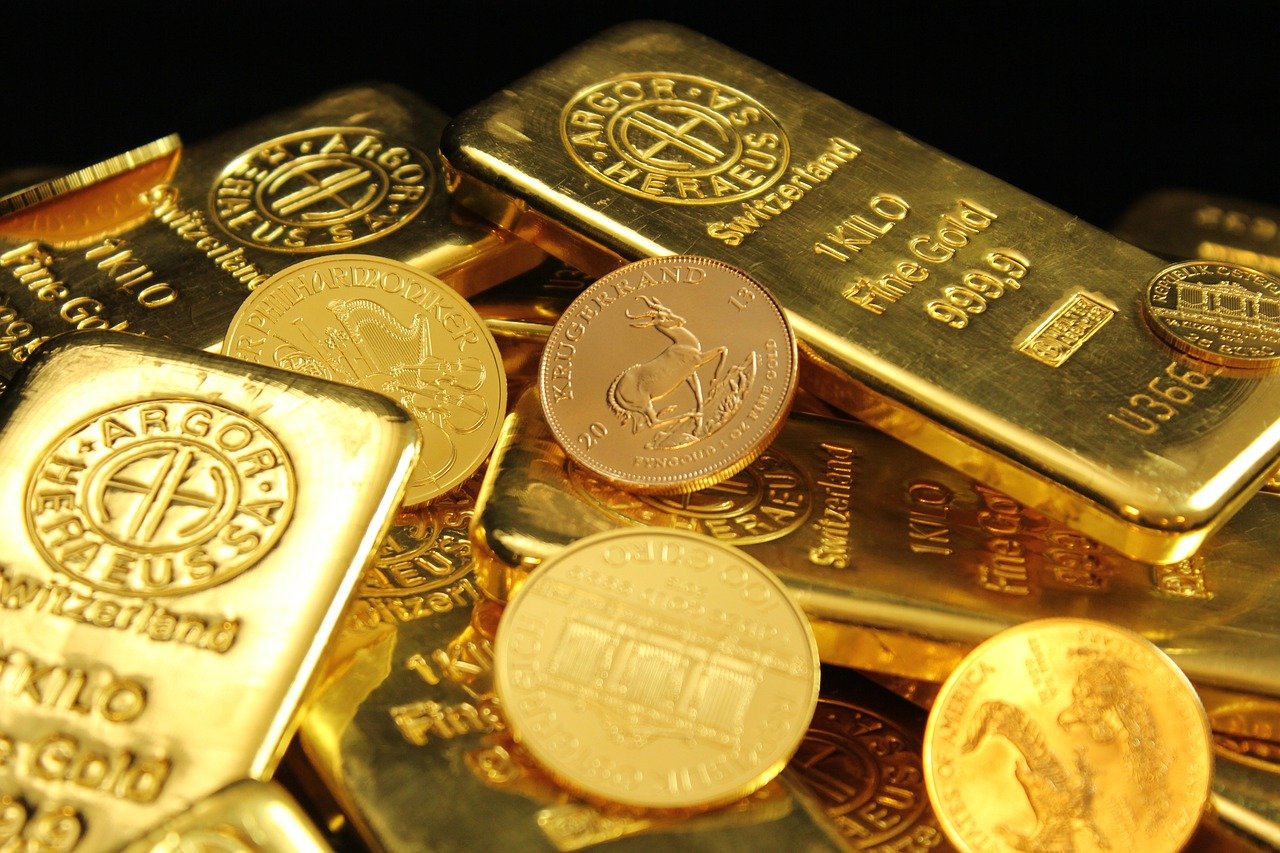Link copied
Donald Trump’s presidency could light a speculative fire under gold, pushing the price to a fresh all-time high
watchlist :: 22hrs ago :: source - fortune
By Christiaan Hetzner
 (Pexels)
(Pexels)
Escalating trade tensions and concerns over the sustainability of the U.S. fiscal balance sheet could help ignite a fire under the price of gold in the coming year, according to a study by Goldman Sachs.
The precious metal hit an intraday all-time high of $2,790 of at the end of this October, when the World Gold Council warned in its quarterly demand trend report that the market had succumbed to FOMO—or fear of missing out. It has since pulled back over the course of November, and is trading at around $2,600 currently.
“The gold price consolidation following the orderly U.S. election—flushing speculative positioning from near all-time highs—provides an attractive entry point to buy gold,” it said in a research note on the 2025 outlook for commodities published on Sunday.
Goldman Sachs expects robust underlying demand for bullion among central banks looking to permanently diversify their reserves away from their current allocation of U.S. dollars after the Biden administration froze Russian assets as punishment for the invasion of Ukraine. Some banks see gold as a more politically neutral asset that can't be subject to freezes by countries because of geopolitical risk.
Exchange-traded funds will also bid up the price, Goldman predicted, due to cyclical inflows from investors seeking to hedge their portfolios against the forecast effect of the Federal Reserve lowering interest rates to between 3.25% and 3.5% next year.
Bullion could rise to $3,150 an ounce by end of 2025
As a result, gold bullion ought to be trading at $3,000 per ounce by the end of next year, the Wall Street investment bank believes.
But now the bank estimates geopolitical risks could prompt speculators, who were active up until very recently, to return as Trump’s transition team continues to shock markets with its unorthodox policies and Cabinet appointments.
This could lift gold to $3,150 an ounce as speculators begin to take bets on whether the U.S. economy will saddle its trading partners with new punitive tariffs just as the country struggles increasingly to shoulder its immense fiscal deficits.
Gold's vote of no confidence in paper currencies backed by government fiat
The $1.83 trillion budget shortfall from this past fiscal year through September had to be met with additional borrowing, which can be inflationary should the Fed be forced to purchase more U.S. Treasury notes with freshy printed dollars.
“Rising fears of inflation and fiscal risks could drive speculative positioning and ETF flows higher,” it wrote, “while U.S. debt sustainability concerns may push central banks, especially those holding large U.S. Treasury reserves, to buy more gold.”
While idiosyncratic aspects can drive gold buying—including central banks actively managing their allocation of gold reserves or demand in key jewelry markets like India—a broad sustained rise in the gold price during periods of uncertainty is often viewed as a vote of no confidence in the U.S. dollar as a store of value, as well as and other paper currencies backed solely by government fiat.
Trump's tariffs could cost the average American household $2,600 a year
This concern has gathered steam amid the widespread concern that Trump’s tenure could put upward pressure on consumer prices. The President-elect already has a fondness for slapping tariffs on imported goods like steel—if necessary by relying on legal arguments citing a threat to national security in order to impose them unilaterally via executive order.
“The key upside risks to inflation under the second Trump administration on the supply side are much higher tariffs,” Goldman wrote.
For example, Trump has spoken about setting tariffs across the board on every good brought into the market as high as 20%, with a special 60% tariff on Chinese goods. The Peterson Institute for International Economics estimates this could drive the average annual spend up by $2,600 for U.S. households.
Federal Reserve's independence to set policy under attack
Governments unhappy with this would have a difficulty as the World Trade Organization’s dispute settlement tribunal, the Appellate Body, has been dormant ever since December 2019, when the U.S. first began vetoing new appointments under Trump.
Just as worrying has been his insistence that the White House gain a direct say on monetary policy in addition to fiscal policy, de facto ending the Federal Reserve’s political independence. In countries where this barrier has been breached, like Turkey, it can lead to spiraling inflation.
Gold has subsequently been on a tear, with the cost of a standard 400-ounce gold bar recently hitting $1 million each.
This story was originally featured on Fortune.com
This week top market trends.
-
Dogecoin jumps 21% as whales accumulate, Galaxy predicts $1 DOGE
2025-01-06 :: crypto :: cointelegraph -
Fannie Mae, Freddie Mac shares surge after federal agencies reveal privatization path
2025-01-04 :: stock :: reuters -
Nvidia stock rises ahead of CEO Jensen Huang's CES keynote
2025-01-06 :: stock :: yahoo finance -
Meta Stock, Energy Plays Lead Five Leaders Rebounding Bullishly
2025-01-07 :: investing ideas :: ibd -
XRP May Surge 40% as 'Trump Effect' Boosts Ripple Sentiment
2025-01-09 :: crypto :: coindesk
Recent global market news
-

Jobs report highlights first full-on trading week of 2025: What to know this week
2025-01-06 :: :: yahoo finance




